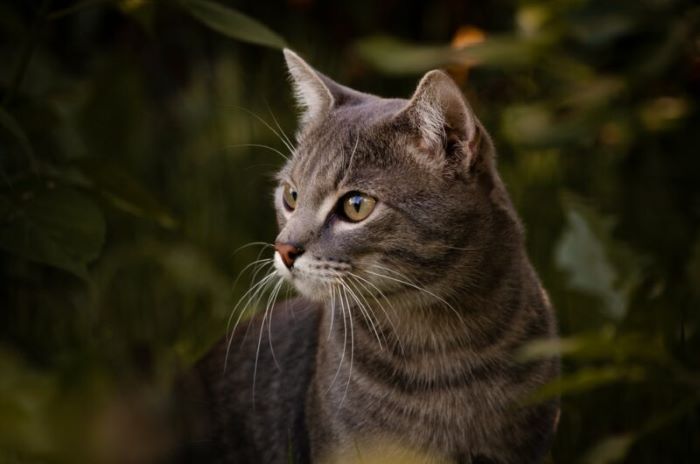One of the earliest ancestors of our modern cats is considered to be a meat-eating mammal named Proailurus (meaning “before cats”), which appeared in what is now Eurasia during the Oligocene epoch 34–23 million years ago.
Little is known about Proailurus, but fossil remains show that it was not much larger than a domestic cat and had short legs, a long body and tail, and claws that could have been at least partially retracted. It would have been adept at climbing and probably stalked its prey among the trees.
About 20 million years ago, Proailurus, or another species very like it, gave rise to Pseudailurus (“pseudo-cat”), a predator considered to be the first of the true cats. More terrestrial than its predecessor, Pseudailurus had a long, flexible back and hind legs longer than its forelegs. This early cat is important for two reasons. First, it gave rise to three groups of cats.
These comprise the two modern groups—Pantherinae, which includes the big cats, and Felinae, among which are the smaller wild cats and the domestic cat—and also the now extinct saber-toothed cats (Machairodontinae). Second, Pseudailurus was the first cat to migrate to what is now North America by crossing over the Bering land bridge that for a time linked Alaska with Siberia.
In the warmer, drier climate of the Miocene—the epoch following the Oligocene, 23–5.3 million years ago — environmental changes favored the descendants of Pseudailurus. The decline of forest ecosystems and an increase in more open habitats such as grassland allowed hoofed mammals to diversify—and so the cats that hunted them diversified, too.


